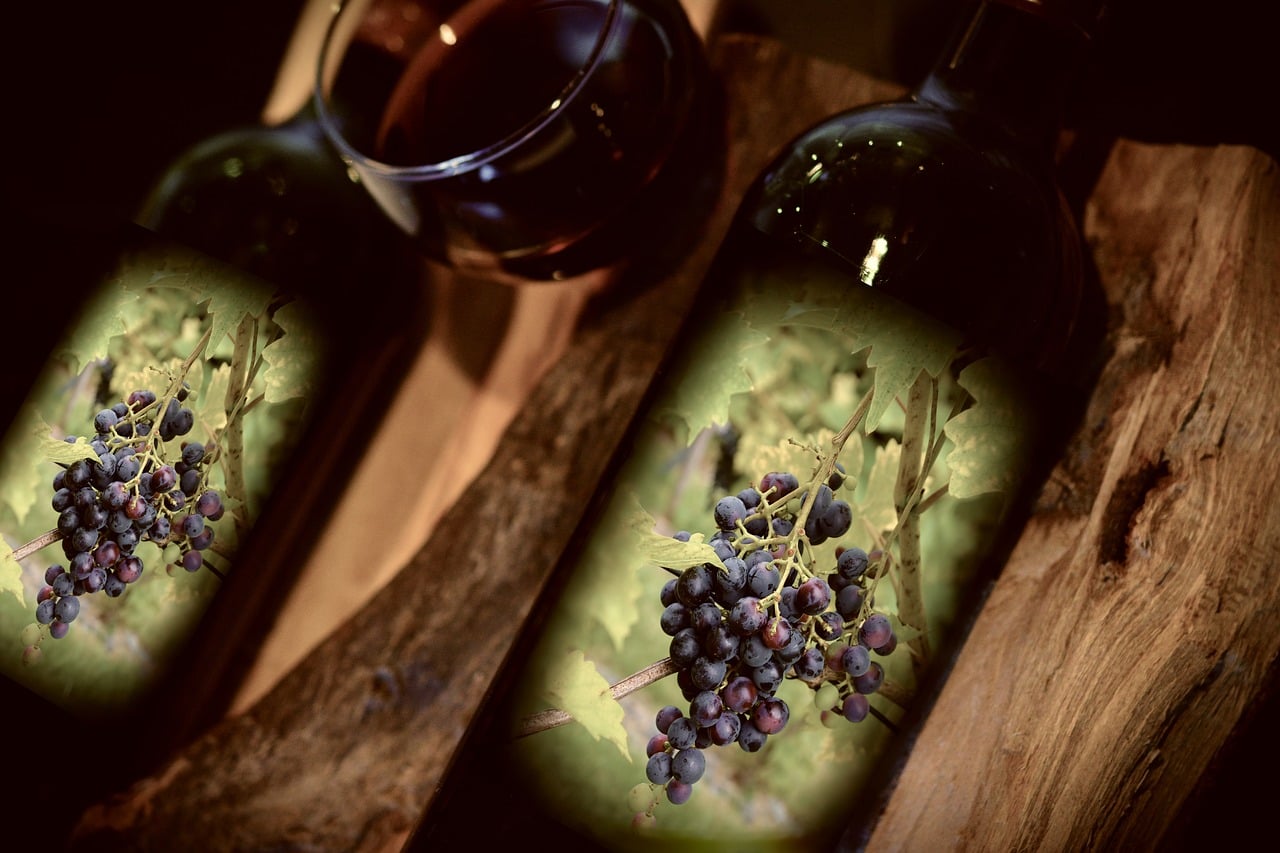Red wine is the perfect companion for special occasions. It is sipped at a leisurely pace that invites a growing sense of happiness and camaraderie among friends. Red wine relaxes inhibitions, fosters conversation and stimulates the mind and body with a warm and comforting glow. Speaking of temperature, did someone just say they prefer their red wine chilled? All eyes turn to the culprit as the convivial conversation quickly escalates into a debate, then a riot, as the sacred principle of warm red wine is foolishly challenged.
“I prefer my red wine chilled” is a statement that is often ignored, scoffed at, or considered heretical by those who believe they have developed refined and cultured taste buds. Is there really any reason why red wine should be chilled? Aren’t our accepted norms proof enough that red wine should always be served at room temperature? Is the desire for slightly chilled red wine a matter of personal taste, or just an opportunity to create division and enmity at an otherwise harmonious gathering? We should investigate further before polarised opinions become broken relationships.
A historical perspective
Ancient origins of wine date back many thousands of years, at least to the heyday of the Persian empire. Early European civilisations soon got the taste for wine, and for the past 2,000 years or more, wine varieties and styles have evolved, resulting in the huge variety of wines available today.
Major wine making operations were at different times overseen by monastic orders, ruling governments and the privileged class, all with one major attribute in common. They created their product in huge, airy (often damp) and expansive stone castles, monasteries and manors without adequate heating or cooling systems.
The wine cellar in these establishments had a temperature around 13 degrees Celsius (55 degrees Fahrenheit) while the room temperature remained around 17 degrees Celsius (62 degrees Fahrenheit). White wine was served at the cooler cellar temperature, or briefly chilled in an ice bucket, while red wine was served at the slightly warmer room temperature.
New world and colonial empires
Discovery of America, Australia and other new colonies heralded in the expansion of grape growing and wine production in warmer climates. These massive continents have major pockets of land ideal for producing great wine, along with vast expanses of hot and humid territories. Furthermore, wine was being increasingly appreciated in hot southern European and African nations. Cities continued to expand, and most people weren’t fortunate enough to live in a castle or huge manor estate.
The introduction of electricity with heating and cooling utility revolutionised the way we live. But old habits remain, and the ideal wine drinking temperature has become a victim of traditional lore juxtaposed with modern technology.
The result
Modern household refrigerators chill white wine at around 6 degrees Celsius (43 degrees Fahrenheit) and room temperature (or outdoor temperature) is variable, and it’s not unusual to see the thermometer soar to 38 degrees Celsius (100 degrees Fahrenheit) during the Australian summer. In other words, there is a possibility your disagreeable guest was right and your red wine was being served too warm.
To appreciate the proper taste of your wine you sometimes need to buck popular opinion and act in a counter-intuitive manner by slightly warming your refrigerated white wine and slightly chilling your red wine. Prior to serving, try chilling your red wine in the refrigerator for about forty minutes, especially during the hot summer months. You might prefer to let it stand in an ice bucket for about ten minutes.

Benefits of ideal red wine temperature
Serving red wine at the correct (cool) room temperature will enhance the fruit flavour while de-emphasising the tannins. Naturally, there is flexibility within these simple rules, as there are many varieties of red wines all with their distinct characteristics. A little experimentation with chilling your favourite reds will result in you soon becoming an expert at determining the perfect serving temperature. It will become second nature to judge the correct temperature of various red wines by a simple touch test with the back of your hand.
Full-bodied red wine
There are a number of red wines that reveal their flavours best at around 16-18 degrees Celsius (60-65 degrees Fahrenheit). These include:
- Bordeaux
- Australian Shiraz
- Burgundy
- Zinfandel
- Rhone Valley
- Cabernet Sauvignon
- Merlot
Light and fruity red wine
The recommended serving temperature for lighter red wine is around 10-15 degrees Celsius (50-60 degrees Fahrenheit). Examples include:
- Italian Dolcetto
- Chinon
- Bourgueil
- Chianti
- Valpolicella
When all is said and done, it’s still a matter of personal taste, but the goal is to avoid killing the flavour of your red wine by serving it too cold, or overpowering the taste buds with heavy tannins in a red wine that is too warm. It could be time to purchase a dedicated wine thermometer and get ready to impress your friends during the next social get-together.





No Comments